Heat Advisory? 5 Tips to Easily Help You Prepare
You often hear about heat advisories and how they can be extremely dangerous, but what are they exactly? A heat advisory is issued when the National Weather Service (NWS) predicts that the temperature is going to be above 90 degrees Fahrenheit (32.2 degrees Celsius) and the heat index is also going to be above 105 degrees Fahrenheit (40.6 degrees Celsius). The heat index is a measurement that takes into account both the temperature and the humidity, which can make it feel even hotter than it actually is. Check out these tips for how to prepare for a heat advisory.
Items I highly Recommend
- Frogg Toggs (you can re-wet them to keep you cool)
- Portable Fan
- Mini Fans (my neighbor wears these every single day)
- Water Bottles (spray your collar if the A/C goes out)
- Mission Neck Coolers
- Insulated Spray Bottle
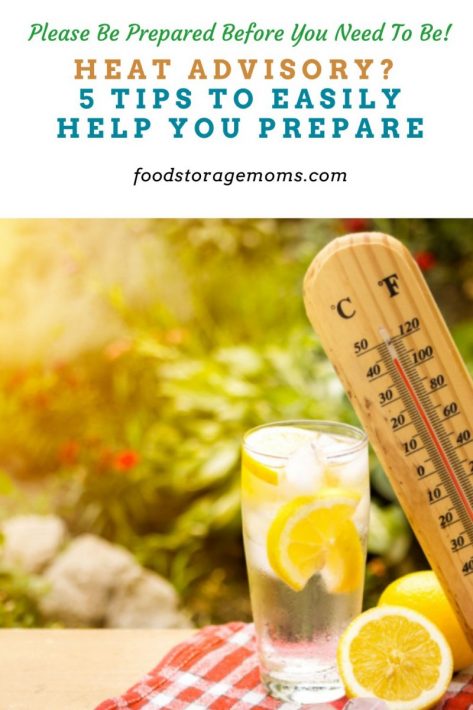
What to Keep in Your Home to Prep for a Heat Advisory
There are a few things you should always keep in your home in case of a heat advisory, or even just a really hot day.
Plenty of Water Stored
The first and most important thing is to have plenty of water stored. It is recommended that you have at least a gallon (3.8 liters) of water per person, per day. If you have pets, you should also make sure to have enough water for them as well. How To Store Water For Drinking And Cooking Hopefully the heat advisory won’t last for very long, so you can plan accordingly for the amount you’ll need based on family size.
I’ve always told my readers that I suggest the number be four gallons per person per day when planning for emergencies. We need water to hydrate, cook our meals, perform some personal hygiene tasks, and at least wash our underwear.
Plenty of Frozen Liquids
Another way to stay hydrated is to have plenty of frozen liquids on hand. This could be anything from ice pops and juice boxes to bags of frozen fruit, or even just a big container of ice cubes. Frozen water bottles can also be helpful as they will help keep your drinks cold and will also eventually turn into drinking water as they thaw. 15+ Items Perfect for Freezer Storage
Be Prepared for Loss of Power
In some cases, a heat advisory in a large can lead to a loss of power as the utility company is overburdened with power demands. This is usually because the demand for electricity is higher than what the power grid can handle. Having a backup plan for this situation is always a good idea. How To Build A Power Outage Kit
Have a Way to Cook Food
If you lose power, you will also lose the ability to cook food. This is why it’s important to have a number of options to cook your food without electricity. This could be anything from a camp stove, Sun Oven, fire pit, or BBQ grill. If you have a gas stove, you should also make sure to have a backup plan in case of a power outage. Tips For Cooking When The Power Goes Out
Have a Way to Keep Cool
If the power does go out, you will need to find a way to keep cool. You can create your very own air conditioning unit by placing a bowl of ice in front of a small battery-operated fan. You can also take a cool shower or bath, or even just wet some towels and place them on your body or in front of that fan. Keeping Cool in the Summer Without Power
Wear the Right Clothing
When it’s hot outside, it’s important to wear the right clothing. This means light-colored and loose-fitting clothing. Cotton is a good fabric to wear since it is breathable and will help you stay cool. Avoid wearing anything too heavy, tight, or dark in color if you have to venture outside.
What to Do During a Heat Advisory
Now that you know what a heat advisory is and how to prepare for one, it’s time to learn what to do during one.
Check on Neighbors, the Elderly, and Pets
During a heat advisory, it is important to check on your neighbors, especially if they are elderly or have young children. It is also important to check on pets, as they can get overheated very easily. If you see anyone who appears to be suffering from heat-related illness, it is important to call 911 immediately. Top 5 Emergency Preparedness Tips for the Elderly
Dress for the Heat
When you are outside during a heat advisory, it is important to dress for the heat. This means wearing loose, lightweight, and light-colored clothing. It is also a good idea to wear a hat or scarf to protect your head and face from the sun. Heat Exhaustion vs. Heat Stroke: What You Need to Know If you have errands to run or chores that just can’t wait, try to accomplish those tasks early in the morning when it tends to be cooler. Avoid mid-day activities since that’s when the temperature is likely to be the hottest.
If you do have to go outside during the advisory, plan to put on some sunscreen to protect your skin. You may have to re-apply the sunscreen more than once, particularly if you are prone to sweat a lot.
Stay in the Shade and Avoid the Sun
If you are going to be outside, it is important to stay in the shade as much as possible. If there is no shade available, you should try to avoid being in the sun altogether.
Avoid Hot and Heavy Meals
Hot and heavy meals can make you feel even hotter, so it is best to avoid them during a heat advisory. Instead, opt for lighter meals that are easy to digest. Fresh salads and fruit are good meal options on hot days.
Drink Plenty of Fluids
It is important to drink plenty of fluids during a heat advisory, even if you are not thirsty. Water is always the best option, but you can also drink fruit juice, sports drinks, and even iced coffee or tea. Avoid alcohol and sugary drinks as they can actually make you feel more dehydrated. How To Know When Someone Is Severely Dehydrated
Take Cool Showers or Baths
Taking a cool shower or bath is a great way to stay cool during a heat advisory. If you don’t have access to a shower, you can also wet some towels and place them on your body or in front of a fan.
Use Air Conditioning
If you have air conditioning, use it! If you don’t have air conditioning, try to spend time in cooled public buildings, such as shopping malls or libraries. Many of us have basements. They tend to stay at a more consistent temperature than our upstairs areas, and in hot weather will be cooler.
Just like in the winter when we need to make sure our windows and doors are closed and sealed properly, the same goes for hot weather and air conditioning. We don’t want to be paying for the cold air that is escaping outside.
Monitor Your Body for Signs of Heat-Related Illness
It is important to monitor your body for signs of heat-related illness, such as dizziness, nausea, headache, or muscle cramps. If you start to feel any of these symptoms, it is important to get out of the heat and into a cool environment immediately.
Call 911 if You or Someone Else Experiences Heat-Related Illness
If you, or someone else in your household, experiences heat-related illness, it is important to call 911 immediately. Let the experts determine if it is at a life-threatening level.
Final Word
If a heat advisory is issued in your area, it is important to take it seriously. By following the tips above, you can stay safe and cool during a heat advisory. It’s vital to start preparing for a potential heat advisory now rather than waiting until it is announced and then responding. Failing to plan ahead is a scary way to live. May God Bless this world, Linda
Copyright Images: Heat Wave AdobeStock_88676421 by Cherries

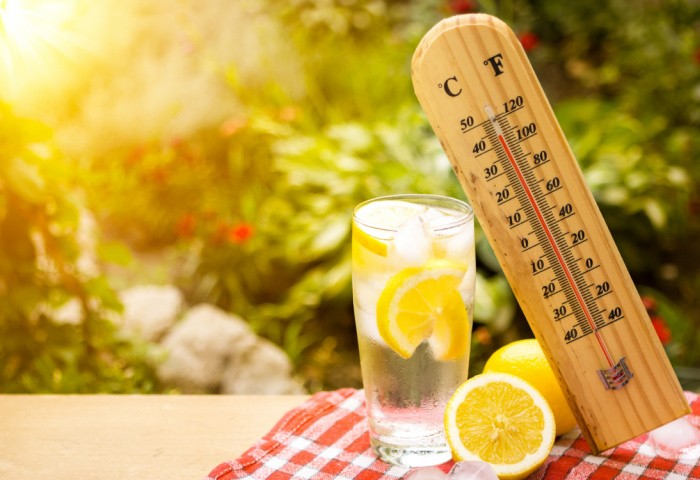

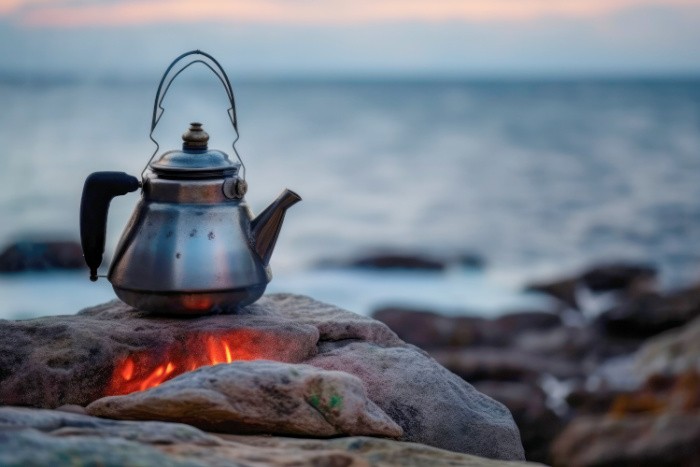
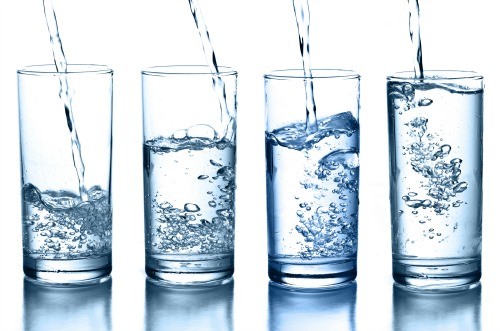
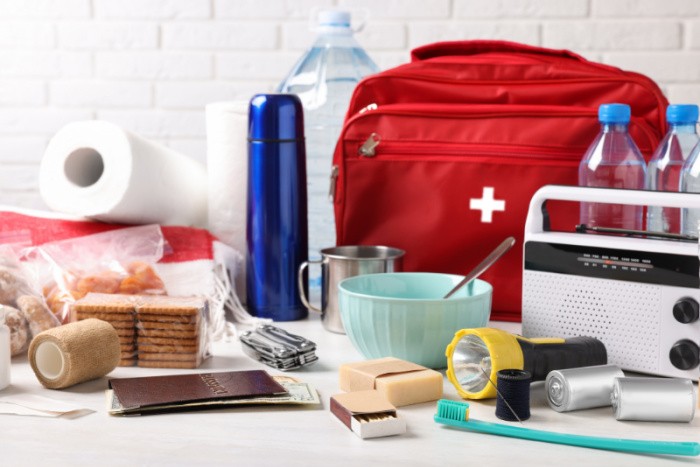
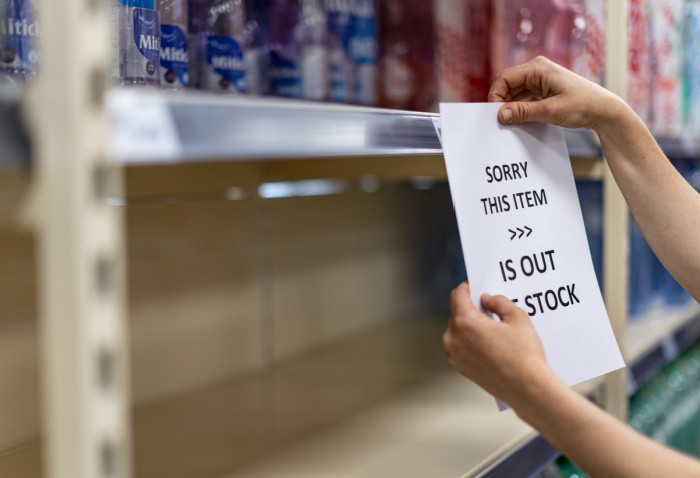
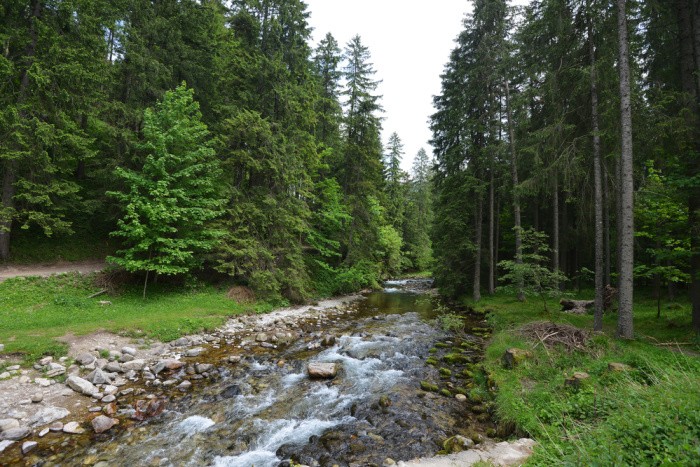
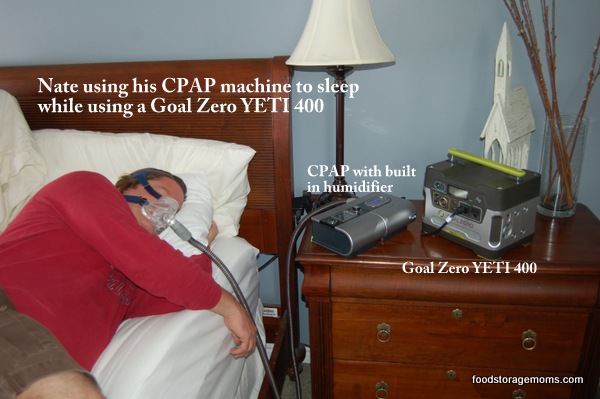







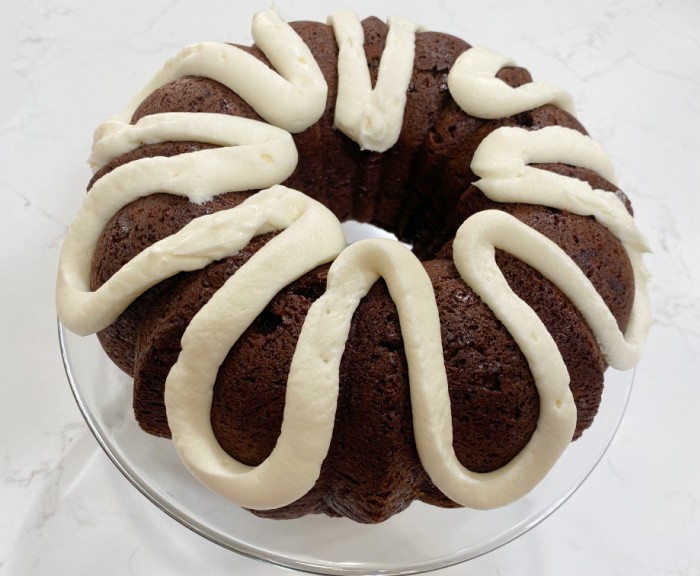
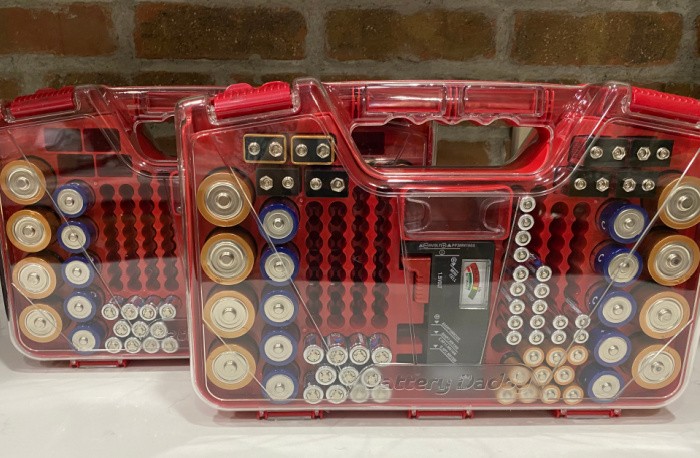
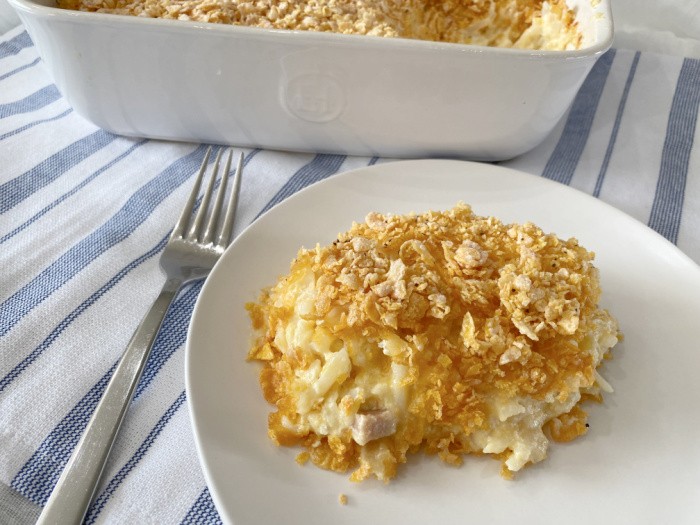

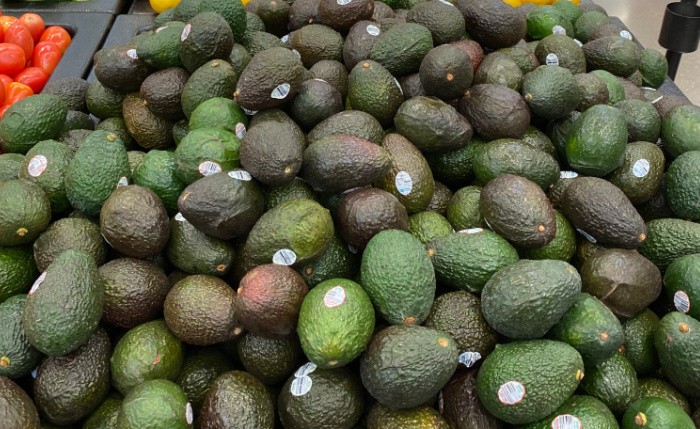

Great tips! I’ve had a NECKooler for years that you wet to keep cool. That and an insulated water bottle that sprays is quite helpful for grands’ outdoor sporting events.
Hi Marilynne, oh I need to go look for an insulated spray bottle!! I learn something new every single day!! Great idea!! Thank you, Linda https://amzn.to/3aEsDBr
Oh, I need one of those insulated spray bottles!
Superb advice, Linda. Jane and I have used Endura Cool Bandanas and Personal Towels for years. They work like your Frogg Toggs. I spend a lot of time outdoors so I also wear a Fedora style hat specifically designed for desert areas. It’s called the Aussie Breezer and it’s from the Herschel Hat Company. I’ve had it for pushing 20 years now and it still works great. Their Aussie Grande is also a great desert hat. Here’s a link if you’re interested.
https://henschelhats.com/shop/#individual
Of course when the temps rise above 105F I get outdoor chores like watering or harvesting in the gardens, cleaning the chicken coop, or playing with the dogs done before the day heats up. Thank God for Air Conditioning!
Ray, I was 14 when my parents got an air conditioner. It was for the living room but by that time, I was rarely home (school and work) so i didn’t ‘get’ why this was a big deal. Lol, my parents moved their upstairs bedroom down to what Was supposed to be the dining room. It connected to the living room. Yes, my mother finally got to sleep where it was cool. I know she was in menopause at that point so air conditioning must have seemed like a godsend to her. I just remember her hugging my dad, thanking him for this luxury. Yea, very few people had room air conditioners, even more well to do people than us. I think at that point only businesses or extremely well off people had central air in SD. Funny how spoiled we’ve become. Lol, I ran out of money when building my house so I don’t have central air. I have room a/c units.
Hi Wendy, great comment!!! We do take A/C for granted. I remember when I was growing up, we had a “Swamp Cooler”. It was in the hallway and every time you walked down the hall your hair would blow all over and hairspray did not help! Oh, those were the days! LOL! Linda
Wendy, I never had AC growing up. We did have a swamp cooler but it was often so humid the thing didn’t work very well. But I was just a kid and mostly outside so I didn’t mind. We’d go swimming in the lake or river and come home in wet clothes because it was too humid to get dried off. First time I experienced AC was on the Enterprise when I was in the Navy. I’m pretty sure I was in my 30’s before I lived in a house with central air.–didn’t need it that badly in Colorado, but here in AZ it’s a must.
I grew up in an old house that started off as a 2 room cabin in the late 1600’s and was added onto as time went on. Our “air conditioning” was three very large oak trees that were over 200 years old at the time. We had box fans in our windows to help cool things down at night. We spent a lot of time outside on the very large porches. Mom would cook breakfast and then rest of the day we at sandwiches so the stove wasn’t turned on. If Mom wanted to cook something, she would use the campstove outside.
I found a heat emergency first aid kit and realized that it was a great idea but thought it was too expensive. So I put together heat emergency kits for all our cars plus one in the house and camper. I had a friend who died from a heat emergency several years ago and I readily admit I am paranoia about heat. The kits have a cooling towels, cans of emergency water, instant ice packs, packets of electrolyte drink mix, instand read thermometer, forehead thermometer strips and instructions for use.
HI Topaz, oh my gosh, what a great idea about the heat emergency kits. Heat or Dehydration are killers, you can’t mess around with those. I need to make those, great tips, my friend! Linda
Hi Ray, oh thank you for the link!! I also have the “Mission” collar deals. I used to give them out to our visitors in Southern Utah. Heat can dehydrate people so quickly!! These are great as well. https://amzn.to/3uU436b I gave some to my grandsons who are in construction. Mark could use a Herschel hat!! A/C is the best!! LOL! Linda
Very good tips here. I’d also like to remind people to close drapes and shades. I have a one story home with huge windows and 2 skylights. Patio doors plus the big windows on the south side. In the evening I open the drapes so no lights needed. At about 8am, I start closing the shades and drapes on the south side. Years ago I was given a king size bedspread with a wonderfully matching color/design to my fireplace room and kitchen decor. Giggle, cuz thats kinda wierd. I split it in half, made drapes for my patio doors. Omgoodness, the heat between the glass and these ‘drapes’ is astounding. Oh, and I have high efficiency glass. That heat isn’t coming into my house at least. I also use the vertical blinds but they aren’t as effective as these drapes. I recently priced the room darkening/insulated curtains in the size I’d need for patio doors and it was over $100. I also use these drapes in coldest winter. I do have good drapes for the windows but none do the same as these homemade drapes from a bedspread. In the interim periods, I enjoy the light from the big windows and in cooler weather, enjoy a bit of sun warmth. Late afternoon I get some heat on the north side windows so am thinking of buying a king size bedspread at the thrift store and making drapes for these big windows in my front living room. I sometimes hate having to darken my house so much but better than roasting, lol. My grandson stuck his hand between my homemade drapes and patio glass, asked if I could find him curtains as good for his south facing large window. He bought insulated, room darkening curtains for $30! I guess he forgot I sewed these…and, geez, not a hard thing which is good since I mostly only know how to sew a straight line. Just something for people to think about.
Hi Wendy, oh my gosh, great idea on making drapes to keep the heat out! I Love it!! Sewing a straight line is good, my friend! Linda
I will use my outside cookstove in a time of bad heat (It just about the size of a printer and you can’t cook a whole lot on it but what I need it for will be OK for us. My husband knows how to create a well water not a pump but it can bring out the water by dropping a container that will allow him to draw the water out of the well. Our well is fed by a water supply that is always good. As for the heat We do have blackout curtains and they keep out much of the light. Something my grandmother used to do when it got really hot was to wet sheets and towels and she would hang them over the open windows and doors. The house was always cool in the summer with very little effort.
Hi Jackie, that is a great idea! The cookstove sounds wonderful! I never thought to hang wet sheets over the open windows and doors! I love it! Linda